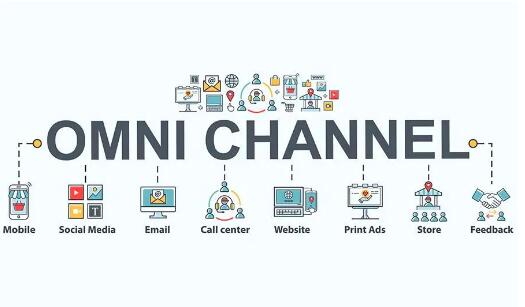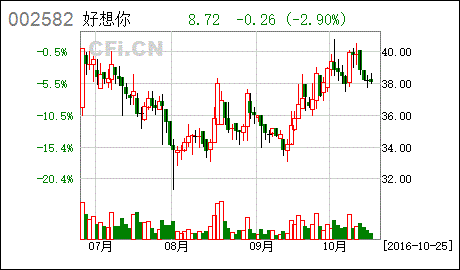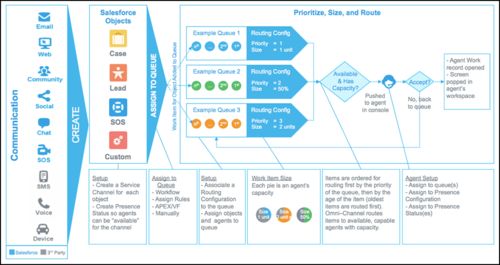Omnichannel OMS: A Comprehensive Guide for Enhanced Retail Operations
Understanding the complexities of managing a retail business in today’s digital age can be daunting. With the rise of e-commerce and the increasing demand for seamless customer experiences, a robust Order Management System (OMS) has become an essential tool for retailers. In this article, we will delve into the intricacies of an omnichannel OMS, exploring its features, benefits, and how it can transform your retail operations.
What is an Omnichannel OMS?

An omnichannel OMS is a centralized system designed to manage orders, inventory, and customer data across multiple sales channels, including online, in-store, and mobile. It ensures that all customer interactions are consistent and efficient, regardless of the channel through which they occur.
Key Features of an Omnichannel OMS

1. Order Management: An omnichannel OMS allows you to process, track, and fulfill orders from various channels in a streamlined manner. This includes managing returns, exchanges, and cancellations, ensuring a seamless customer experience.
2. Inventory Management: With real-time inventory tracking, you can ensure that your products are available across all channels. This helps prevent stockouts and overstock situations, optimizing your inventory levels.
3. Customer Data Integration: An omnichannel OMS integrates customer data from all channels, providing a comprehensive view of each customer’s preferences, purchase history, and behavior. This enables personalized marketing and targeted promotions.
4. Reporting and Analytics: Advanced reporting and analytics tools help you gain insights into your sales, inventory, and customer data. This information can be used to make informed decisions and optimize your retail operations.
5. Integration with Other Systems: An omnichannel OMS can be integrated with other systems, such as CRM, POS, and e-commerce platforms, to ensure a seamless flow of data and processes.
Benefits of an Omnichannel OMS

1. Improved Customer Experience: By providing a consistent and efficient experience across all channels, an omnichannel OMS helps build customer loyalty and satisfaction.
2. Increased Sales: With real-time inventory tracking and targeted promotions, an omnichannel OMS can help you increase your sales and revenue.
3. Enhanced Operational Efficiency: Streamlining your order management, inventory, and customer data processes can help you save time and reduce costs.
4. Better Decision-Making: With access to comprehensive reporting and analytics, you can make informed decisions to optimize your retail operations.
5. Scalability: An omnichannel OMS can easily adapt to your business growth, allowing you to expand into new channels and markets without complications.
Real-World Examples
1. Amazon: As one of the largest e-commerce platforms, Amazon uses an advanced omnichannel OMS to manage orders, inventory, and customer data across its various channels, including online, in-store, and Amazon Prime.
2. Target: Target has implemented an omnichannel OMS to integrate its online and in-store operations, providing customers with a seamless shopping experience.
3. Best Buy: Best Buy has leveraged an omnichannel OMS to streamline its order management and inventory processes, resulting in improved customer satisfaction and increased sales.
Choosing the Right Omnichannel OMS
Selecting the right omnichannel OMS for your business requires careful consideration of your specific needs and goals. Here are some factors to consider:



